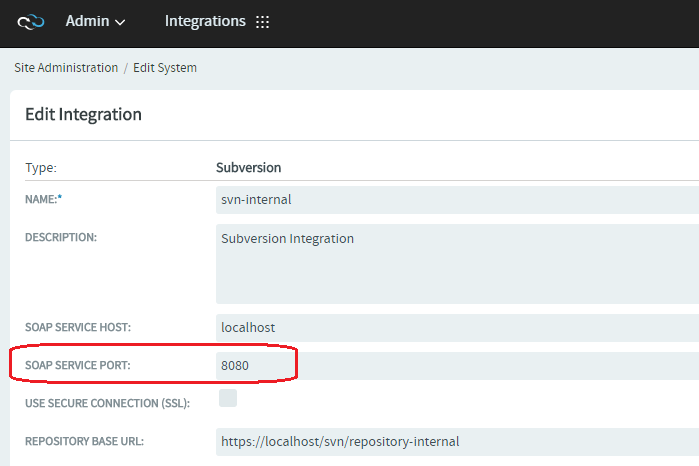Three-server distributed setup, same hardware upgrade, with TeamForge, EventQ, and SCM/Git services installed on three separate servers.
Dos and Don'ts
Check this list while installing or upgrading TeamForge.
Three Server Setup
Here's how the services are distributed across three separate RHEL/CentOS 6.8/7.3
servers.
No backup is required for same hardware upgrades. However, you can create a
backup as a measure of caution. See Back up and restore TeamForge and EventQ to
learn more about backing up TeamForge and
EventQ database and file
system.
| Services | TeamForge Application Server (server-01) | EventQ Server (server-02) | SCM and Git Server (server-03) |
|---|---|---|---|
| ctfcore |

|
||

|
|||
| search |

|
||
| codesearch |

|
||
| etl |

|
||
| gerrit |

|
||
| gerrit-database |

|
||
| reviewboard |

|
||
| reviewboard-database |

|
||
| reviewboard-adapter |

|
||
| subversion |

|
||
| cvs |

|
||
| binary |

|
||
| binary-database |

|
||
| cliserver |

|
||
| eventq |

|
||
| mongodb |

|
||
| redis |

|
||
| rabbitmq |

|
||
| ctfcore-database |

|
||
| ctfcore-datamart |

|
Do this step-by-step on TeamForge Application Server (server-01)
Do this step by step on SCM and Git Server (server-03)
Do this step by step on TeamForge Application Server (server-01)
Do this step by step on SCM and Git Server (server-03)
Do this step by step on TeamForge Application Server (server-01)
Do this step by step on EventQ Server (server-02)
Do this step by step on TeamForge Application Server(server-01)
